Stock futures saw a modest uptick on Sunday following the Trump administration’s temporary reprieve on tariffs for electronic imports from China. Dow futures climbed 0.5%, or 212 points, while S&P 500 futures rose 0.75%, and the tech-heavy Nasdaq Composite futures gained 1.26%. This uptick came after a tumultuous week marked by wild swings in the market, driven by President Donald Trump’s imposition and subsequent rollback of massive tariffs on US trading partners.
The administration announced late Friday that electronics imports would be exempt from reciprocal tariffs. However, these goods, including computers, phones, and semiconductors, would still be subject to the previously imposed 20% tariff on Chinese goods. Tech giants like Apple, Microsoft, and Nvidia, which rely heavily on Chinese manufacturing, would have faced significant cost increases had the reciprocal tariffs been fully implemented.
Despite this temporary relief, confusion over the permanence of the exemption has left investors wary. Commerce Secretary Howard Lutnick clarified on Sunday that the exemption was not permanent. Further, other administration officials hinted at the possibility of additional tariffs following an investigation into the national security implications of semiconductor imports. Trump himself emphasized on Truth Social that no country would be “off the hook” for unfair trade practices.
The back-and-forth on tariffs has led many investors to delay major decisions until clarity emerges. Massachusetts Democratic Senator Elizabeth Warren criticized the administration’s inconsistent approach, stating that investors are reluctant to invest in the US when tariffs are subject to such unpredictable changes.
In recent weeks, Trump has imposed various tariffs, including a baseline 10% tariff on all countries and higher rates on specific “worst offenders” like Cambodia (49%), Vietnam (46%), and the European Union (20%). These measures have put significant pressure on stocks, the dollar, and even US Treasuries. The market saw a sharp decline on April 3, with nearly $6 trillion in market value wiped out over two consecutive sessions of sell-offs. The volatility continued on April 7, as the tariff chaos persisted.
As investors and businesses navigate this uncertain landscape, the future of trade policies remains a critical factor influencing market stability and economic growth.
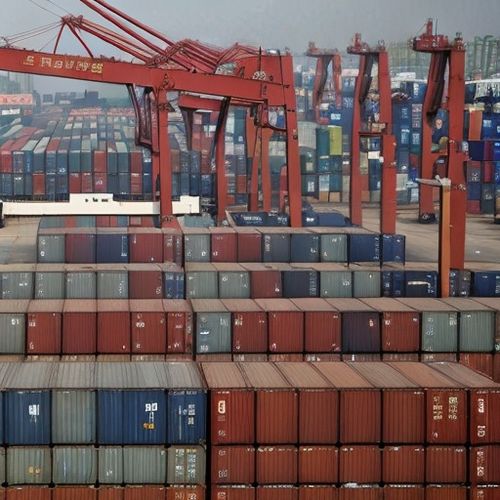
By Samuel Cooper/Apr 14, 2025

By Michael Brown/Apr 14, 2025

By Emma Thompson/Apr 14, 2025

By David Anderson/Apr 14, 2025

By Megan Clark/Apr 14, 2025
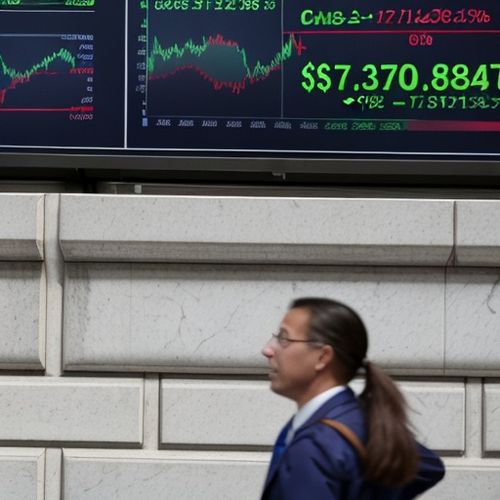
By Emma Thompson/Apr 14, 2025

By Thomas Roberts/Apr 14, 2025

By Rebecca Stewart/Apr 14, 2025

By Natalie Campbell/Apr 14, 2025

By Laura Wilson/Apr 14, 2025

By Ryan Martin/Apr 14, 2025
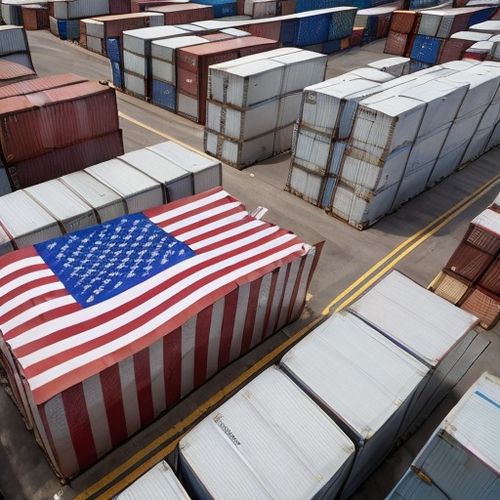
By Elizabeth Taylor/Apr 14, 2025
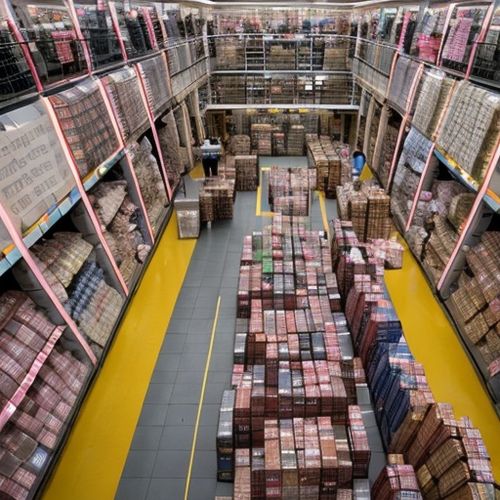
By Laura Wilson/Apr 14, 2025

By Sophia Lewis/Apr 14, 2025
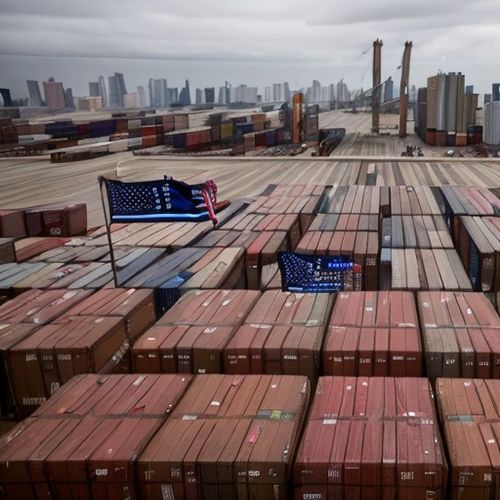
By Laura Wilson/Apr 14, 2025

By Elizabeth Taylor/Apr 14, 2025

By Amanda Phillips/Apr 14, 2025
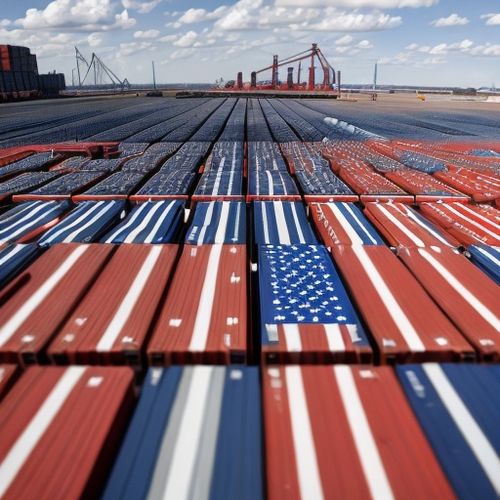
By Sarah Davis/Apr 14, 2025
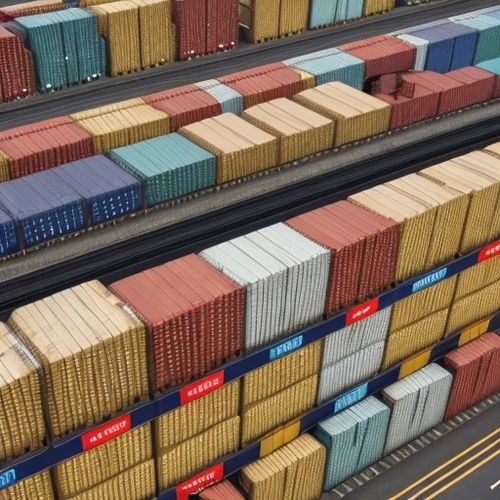
By Samuel Cooper/Apr 14, 2025